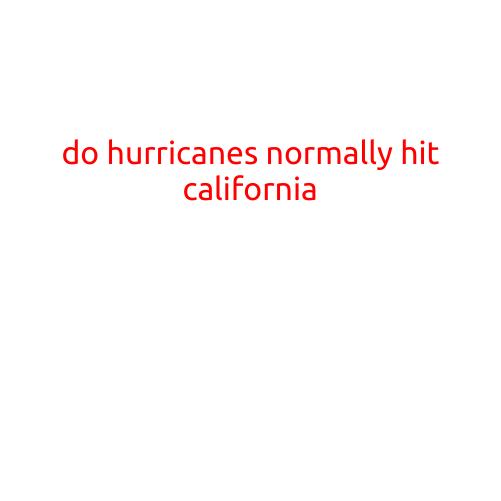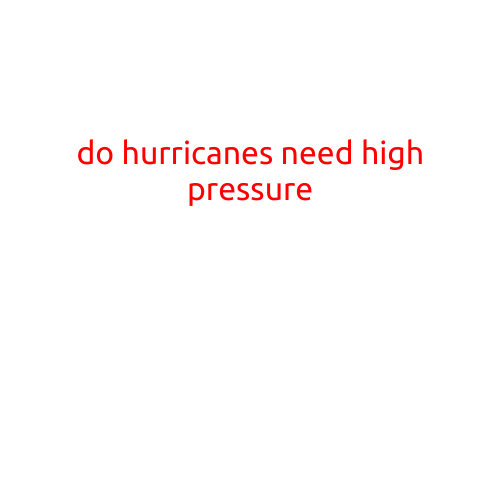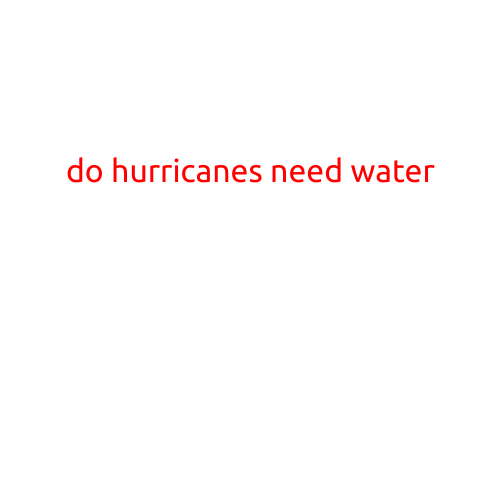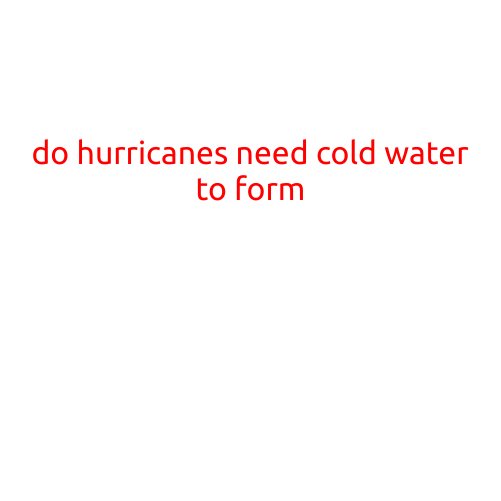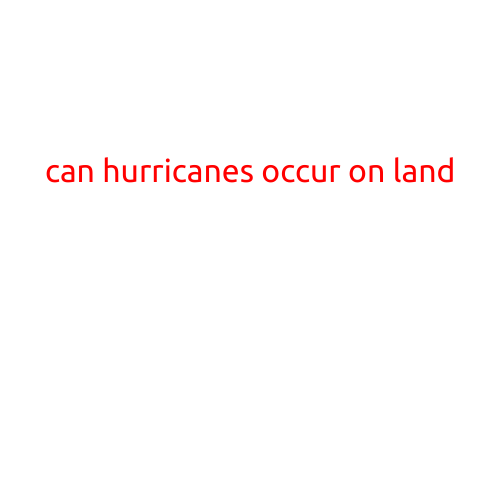
Can Hurricanes Occur on Land?
Hurricanes are powerful storms that form over warm ocean waters, causing catastrophic damage and devastation to coastal communities. But can hurricanes actually occur on land? The answer is a resounding yes, but with some important caveats.
What is a Hurricane?
Before we dive into whether hurricanes can occur on land, it’s essential to understand what a hurricane is. A hurricane is a type of tropical cyclone that forms over warm ocean waters (at least 26.5°C or 80°F) in the Atlantic, Pacific, or Indian Oceans. Hurricanes are characterized by strong winds, heavy rainfall, and storm surges, which can cause significant damage to structures, infrastructure, and the environment.
Can Hurricanes Occur on Land?
While hurricanes typically form over water, they can make landfall and bring their devastating effects to coastal and inland areas. However, hurricanes do not form directly over land. Instead, they need to regenerate over warm ocean waters to maintain their strength and intensity.
In rare cases, hurricanes can regenerate over land through a process called “re-intensification.” This occurs when a hurricane makes landfall and then moves over a warm body of water, such as a lake or a wetland, allowing it to re-strengthen and become a Category 1 hurricane again.
Types of Hurricanes on Land
There are two main types of hurricanes that can occur on land:
- Land-falling hurricanes: These are storms that form over water and then make landfall, bringing their full fury to coastal communities. Land-falling hurricanes are typically the most destructive, causing widespread damage and loss of life.
- Re-intensified hurricanes: These are storms that make landfall and then re-intensify over a warm body of water, regaining some of their strength before dissipating or reforming over land.
Examples of Hurricanes on Land
While rare, there have been instances of hurricanes forming or regenerating over land. One famous example is Hurricane Katrina, which made landfall in Louisiana in 2005 and caused catastrophic damage to the city of New Orleans. Another example is Hurricane Harvey, which formed over the Atlantic Ocean in 2017 and then re-intensified over the Texas coast, causing historic flooding and damage.
Conclusion
In conclusion, while hurricanes do not form directly over land, they can still occur on land in various forms. Land-falling hurricanes can bring devastating damage and loss of life, while re-intensified hurricanes can cause localized flooding and damage. Understanding the complexities of hurricane formation and intensity is crucial for mitigating the risks and impacts of these powerful storms.

